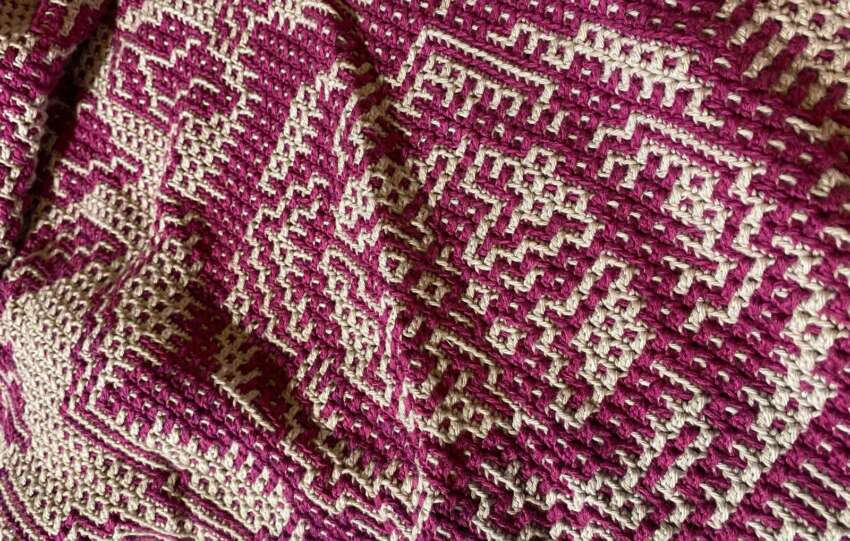This refreshing beverage is made from fermented honey, flavoured with frozen berries and served chilled and bubbly. It’s a great entry level brew because there’s not too much special equipment required and all it takes is a few ingredients and a bit of time. It can be ready to drink in as little as a month.
Here’s all the details of what you’ll need and how to make your own mead at home.
This recipe is a slightly simplified version of the one we showed in our how to make mead video. This version of the recipe uses less honey which keeps the cost down and lowers the ABV. It also provides instructions for bottle conditioning rather than kegging which makes it slightly more accessible without the need for expensive equipment.
You Will Need
Ingredients
- 2.5kg honey
- 1kg frozen blueberries, defrosted
- 3g of malic acid
- 1g of citric acid
- 3g of wine tannin
- 1 pack of brewers yeast
- 300g Erythritol for back-sweetening
- 180g Table sugar for bottle conditioning
Equipment
- Sanitiser solution eg. Starsan
- Two fermentation buckets with a tap and lid that can hold 25-30L of liquid
- An airlock
- Silicone tubing
- A mesh bag for adding fruit to the fermenter
- Spoons, spatulas, digital scales and a measuring jug
- (Optional) A hydrometer for measuring specific gravity
- (Optional) Beer bottles, crown caps and a bottle capper
- (Optional) Bottling wand for filling bottles
How to Make It
Brew Day
First sanitise all your equipment to ensure your brew doesn’t get infected.
Add some boiled water to your fermenting bucket and add the honey. Use warm water to rinse the jars to get all that honey goodness into your bucket.
Add the acids and wine tannin and stir gently to dissolve.
Place the blueberries in a mesh bag and add to the fermenter, squeezing to release their juices.
Top up the fermenter to 20L total volume with water.
Use your hydrometer to check the starting gravity and record this for later use in working out the ABV of your mead. For a 5% session mead you want a starting gravity of around 1.038. You can add more water or honey to adjust to this figure.
Sprinkle the yeast over the top.
Place the lid and airlock on your bucket and set aside at room temperature for 2-3 weeks until fermentation is complete.
Bottling Day
After 3 weeks your mead should have fermented completely dry. This means all the sugar in the honey has been turned into alcohol (and CO2) by the yeast. You can confirm this by using a hydrometer which should read 1.000 or just below. You can use the simple formula below to calculate your ABV:
(Starting Gravity - Final Gravity) * 131
Dissolve the priming sugar in some warm water and add to an empty, clean and sanitised fermentation bucket.
Transfer your mead on top of the priming sugar solution via a length of silicon tubing. Be careful not to agitate the liquid which can stir up the yeast on the bottom of the fermenter.
Add the erythritol to the mead to add sweetness. Erythritol is a non fermentable sugar that won’t be eaten by the yeast so the sweetness remains.
Bottle the mead in clean and sanitised swing-top glass bottles or plastic bottles rated for pressure. Fill the bottles gently from the bottom up – a bottling wand can be a useful tool here. You could use old beer bottles and crown caps but this requires additional equipment.
Set your bottles aside and leave at room temperature for 1-2 weeks. The small amount of priming sugar will be consumed by the yeast which will produce CO2. This is trapped in the bottle and makes the mead fizzy. You can store your brew at room temperature but chill it down in the fridge before serving.
A
S




Join the Conversation
Become a member to chat to us and other members about all sorts of fascinating topics.
JOIN THE CLUB